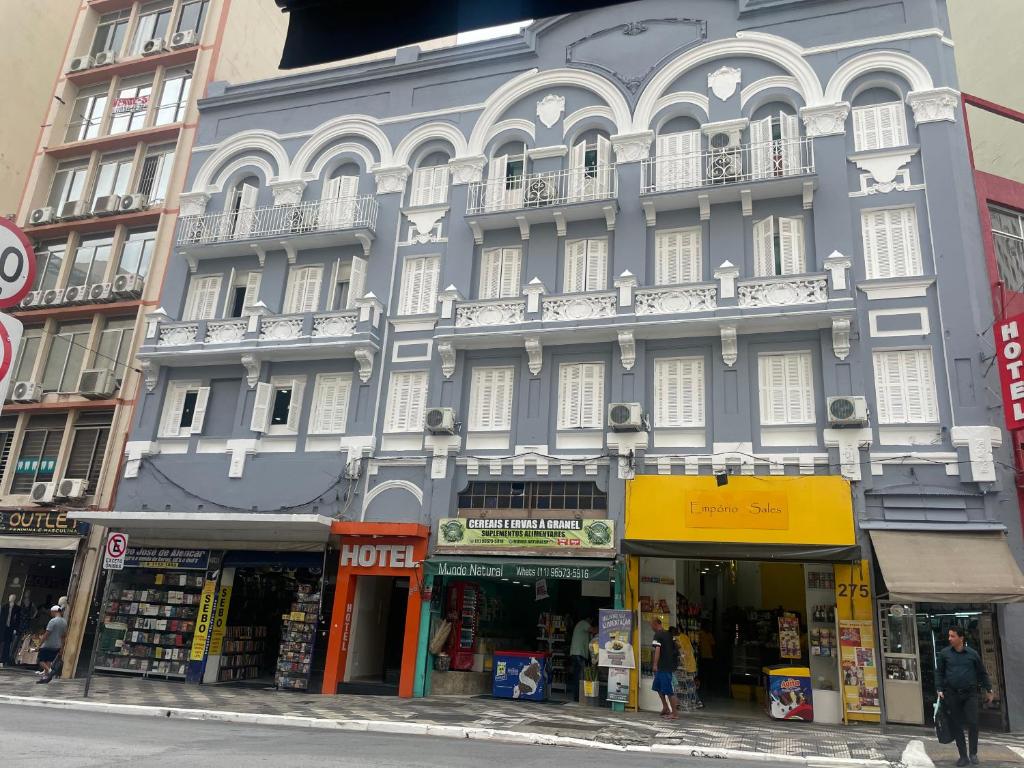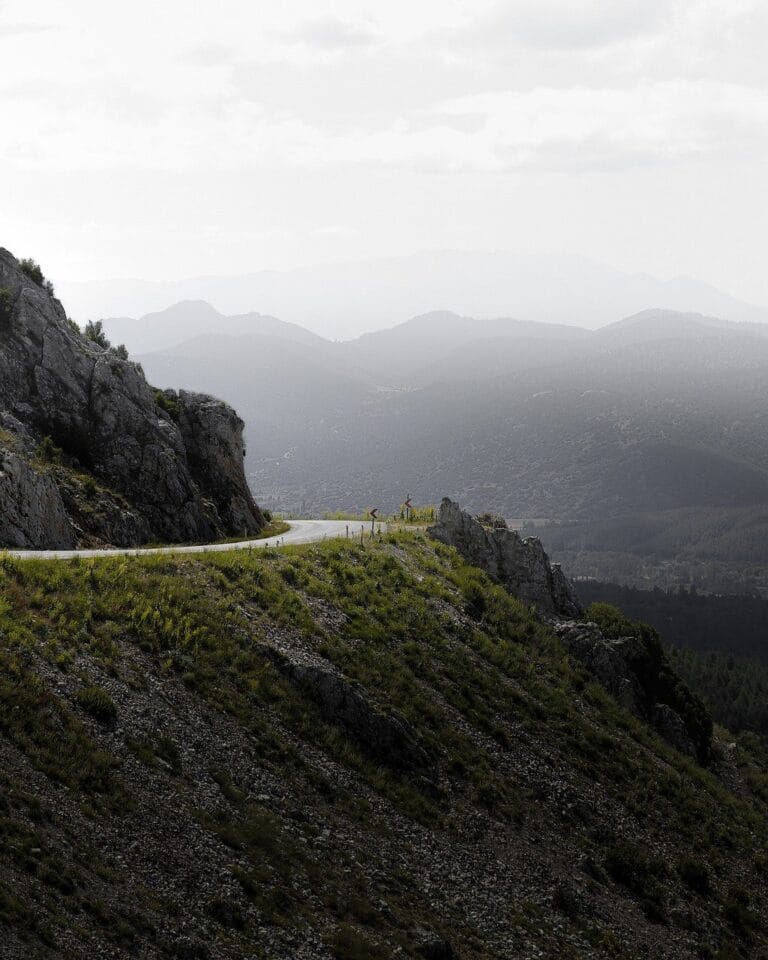How to Dive into Local Culture in 6 Practical Steps
Use these six practical steps to move beyond sightseeing and gently connect with everyday life wherever you travel. You’ll learn how to research, listen, join, and respect local people and customs for richer, kinder travel experiences and form lasting memories.
What You’ll Need
Live Like a Local: A Cultural Immersion Experience
Start with Local Research: Learn the Lay of the Land
Want to skip tourist traps? A bit of research reveals where locals actually eat, celebrate, and gather — and that’s where the magic lives.Begin by reading local news sites, neighborhood blogs, and community Facebook groups. Check public transit maps, festival calendars, and farmers’ market schedules. Look for recommendations from residents on social media, not just top-rated tourist lists.
Note etiquette tips, dress codes, and seasonal events so your first days feel familiar rather than surprising. For example, checking a temple’s dress code and a weekend market schedule once saved me awkward visits and a missed train.
Learn Key Phrases: Language That Opens Doors
Two minutes a day learning greetings and ‘thank you’ goes farther than perfect grammar — people notice effort and respond kindly.Learn essential phrases before you arrive. Practice greetings, polite forms, ordering, asking for directions, and ways to say thank you or sorry. Use flashcards, language apps, or a small phrasebook to rehearse pronunciation aloud.
Try learning these core functions and their local words:
Ask simple questions respectfully (e.g., “Excuse me, could you tell me…?”). Even one sentence in the local tongue signals respect and often sparks friendly conversation.
Eat, Drink, and Shop Where Locals Do
Street stall dinners often beat fancy menus — and they’ll teach you more about culture than any museum placard.Seek neighborhood markets and small eateries frequented by residents; these places reveal daily rhythms and honest flavors. Ask shopkeepers or vendors for their favorite dish or stall — a quick question often leads to the best recommendation.
Visit at off-peak hours to watch routines: morning markets, weekday lunch crowds, and late-night snack scenes. Taste shared plates and local beverages so you can sample more and spark conversation; try one small dish to share and let someone point you to the proper way to eat it (e.g., a street pho vendor or a corner bakery).
Buy from local vendors to support the community, enjoy affordable options, and experience food and goods made for people who actually live there.
Join Local Activities: Participate, Don’t Just Watch
Why be a spectator when you can join a dance class, a community clean-up, or a religious festival? Active participation teaches faster and deeper.Join community classes, volunteer shifts, pick-up sports, or cultural workshops—don’t just be a spectator. Use Meetup, local event boards, community centers, or ask at neighborhood cafes to find gatherings.
Show up respectfully: listen first, follow local customs, and ask permission before joining rituals. Watch how hosts behave, then step in.
In a market cooking class, watch the demonstration before you chop—someone will often invite you to share the work and the meal. Participating builds shared memories and deeper understanding than observation alone.
Make Local Friends: Small Talk Leads to Big Insights
Make one genuine local connection and you’ll unlock hidden neighborhoods, private traditions, and invitations you never imagined.Start conversations with neighbors, baristas, market vendors, and fellow participants in classes. Offer genuine interest, ask about everyday life, and share simple stories about yourself.
Be reciprocal: exchange tips, bring a small gift if culturally appropriate, and follow through on plans.
Compliment a barista’s latte art, ask for a local restaurant recommendation, and invite them to a neighborhood event—those small steps build trust.
Respect privacy and boundaries; deep relationships form slowly but yield the best cultural insight.
Respect, Reflect, and Share Responsibly
Curiosity plus humility prevents harm — learn to recognize appropriation vs. appreciation and give back when you can.Observe local norms around photography, sacred sites, and dress. Ask before photographing people or private ceremonies — try, “May I take your photo?” Remove shoes or cover shoulders when required.
Buy crafts directly from artisans and pay fair prices; ask who made an item and pay them, not just the middleman. Reflect on your behavior and avoid repeating stereotypes; notice if your questions or captions reduce complex lives to a cliché.
Volunteer time or donate to local causes when appropriate — even a few hours at a community garden or contributing to a school fund helps.
Share stories ethically: credit people by name, explain context, and avoid sensational captions that exoticize community members.
Start Small, Stay Curious
Diving into local culture is iterative: prepare, listen, join, and reflect. Small respectful steps—learning, trying, and asking—build trust, enrich experiences, and create lasting memories. Will you begin with curiosity and a willingness to learn from the people you meet today?













Loved this — super practical. I especially liked the bit about learning key phrases before you go. It really does open doors. Quick tip: try language exchange apps to practice with locals before traveling.
Tandem and HelloTalk worked for me too. Just be mindful of timezone differences when scheduling practice.
I used Tandem and it was awesome for casual convos. Beats staring at flashcards 😅
Thanks Sarah — great suggestion about language exchange apps. Any favorites you’d recommend?
Nice guide, but feels a bit surface-level in places. For example, ‘Make Local Friends’ is great, but how do introverts do this without seeming weird? Also: respect and boundaries vary a lot — some cultures value blunt honesty and others don’t. More examples would help.
Valid points, Priya. We wanted a short guide, but we can add a follow-up post with strategies for introverts and culture-specific boundary examples. Would that help?
Also, low-effort ways: volunteer shifts (2-3 hours) — you meet consistent people without forced small talk.
Thanks for the suggestions, Claire and Noah — adding examples like hobby groups and volunteering to the expansion list.
As an introvert, I found joining small hobby groups (book clubs, language cafes) less intimidating than big social events. One-on-one chats after a shared activity felt natural.
This guide is a five-star starting point. A few extra micro-tips:
1) Learn how to greet people properly (handshake? bow? cheek kiss?).
2) Ask about local customs before taking photos.
3) Bring small, culturally appropriate gifts when visiting someone’s home.
Thanks for keeping it practical!
Gifts: I bring tea or a small household item from home. Always appreciated and sparks conversation.
Also, avoid flashy gifts — something modest and useful is best.
Thanks everyone — these will all make the guide more actionable.
Cheek kiss confusion is the worst. In some places it’s once, in others it’s twice or three times. I now google ‘greeting etiquette + country’ before I meet folks.
Excellent micro-tips — greetings and photo etiquette are so important. Appreciate the gift suggestion too (we’ll add a note).
Short and sweet — the ‘Start Small, Stay Curious’ line is my favorite. Travel isn’t a sprint, it’s like gardening: plant seeds (small chats), water them (follow up), watch things grow. 🌱
Love that metaphor, Miguel. We’ll keep the gardening vibe in the copy if that’s okay with you 😄
Totally — patience with relationships abroad is underrated. Great image!
Useful tips, but I wish there were a downloadable checklist of the 6 steps to print out before a trip. Anyone else make their own?
One-page PDF please. Minimalist is best when traveling.
Good idea — we can create a printable checklist. Would you prefer a one-page PDF or a checklist with space for notes?
Quick personal story:
I moved for a month to a small town and joined a pottery class. At first I was rusty and awkward, but people appreciated me showing up. I made two local friends who later invited me to family dinners. This guide nails the approach: participate, don’t just watch.
Also: be ready to return favors — community vibes run both ways.
Community is reciprocal — showing up and offering to help (even small things) makes a big difference.
Love that anecdote, Emily. That’s exactly the kind of outcome we hope readers get. Thanks for sharing.
Okay, been traveling a lot and I can confirm: eating where locals eat changes everything.
A few thoughts:
– Avoid tourist traps near big sites.
– Small markets = best snacks.
– Learn 3 polite phrases and you’ll get friendlier service.
This guide hits the basics. Would add a note about dietary restrictions though — locals can help but language barriers matter.
Great additions, Tom. We’ll add a bit about handling dietary restrictions and asking about ingredients politely.
Haha same here. Learned the hard way in Vietnam. Now I carry a little card with dietary needs in the local language.
Yes — I once got a surprise with a dish that had hidden fish sauce. Not fun as a vegetarian. Asking specifically for “no fish” in local phrase saved me later.
Me reading ‘Learn Key Phrases’ like: “Hello, where’s the best local sandwich?” 😂 But seriously, even a basic ‘thank you’ goes miles. Pro tip: learn how to say ‘no’ politely so you don’t get roped into every street vendor pitch.
Yes! In one place, ‘no’ sounded rude, so I learned the softer local variant and it smoothed things out instantly.
Haha — that’s a useful phrase for sure. Good reminder about polite refusals; we’ll add sample phrases for ‘no, thanks’ and ‘not interested’.
Also learning how to express gratitude culturally (like a small bow or a phrase) can turn a quick transaction into a warm interaction.
Reflecting after trips is underrated.
I keep a tiny notebook and jot down one cultural insight per day — even small things like how people queue or low-key kindnesses. Later, those notes shape how I interact with those places when I return.
This guide is a good checklist, but add a prompt for journaling and maybe a week-long reflection template.
Journaling after experiences cements learning. I also take one photo that captures the ‘mood’ of the day, not just tourist shots.
That’s a beautiful practice, Marcus. A reflection template is a great idea — we’ll consider adding it as a downloadable resource.
I tried joining local activities once and accidentally ended up at a political rally (not my intention). Long story short: read event descriptions carefully and ask locals what the vibe is. Also — always have an exit plan lol.
Other than that, the guide is solid. Respect and reflection are crucial.
Good call, Omar. I usually message the organizer or check social media comments to get a sense before attending.
And if in doubt, go with a local friend or choose well-known community centers instead of random street events.
Exit plan = always tell someone where you’re going or have a ride share app ready. Simple but effective.
Oh wow, that sounds intense. Thanks for the reminder to check for political or religious affiliations in event descriptions — we’ll add that safety tip.